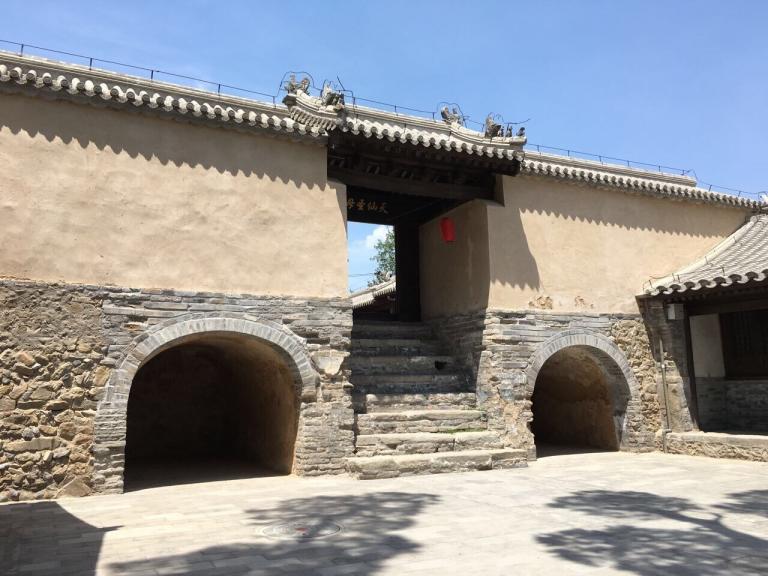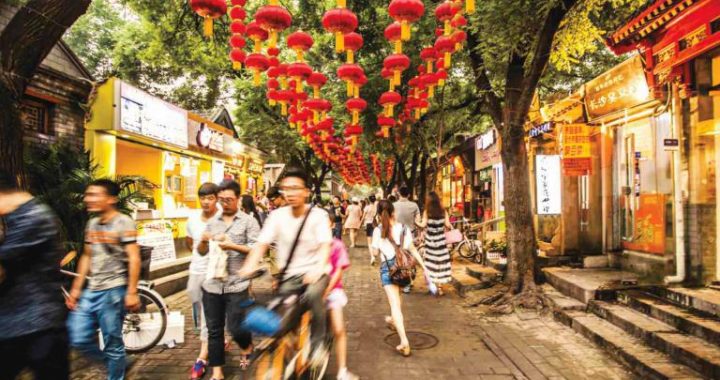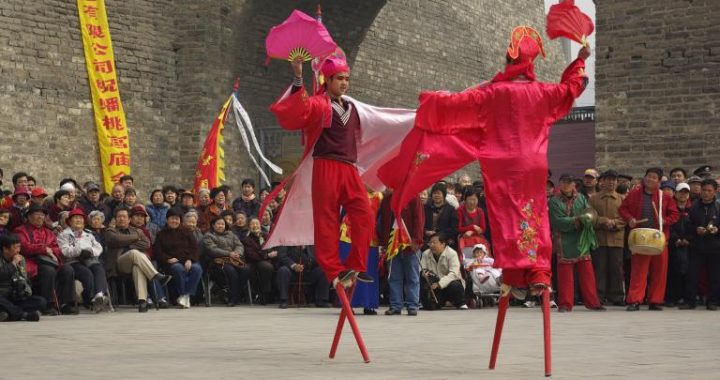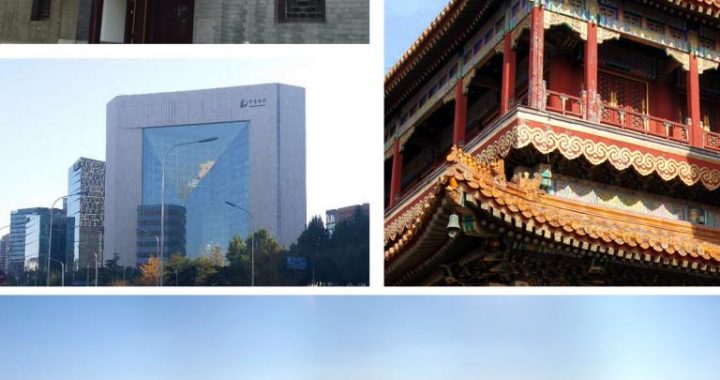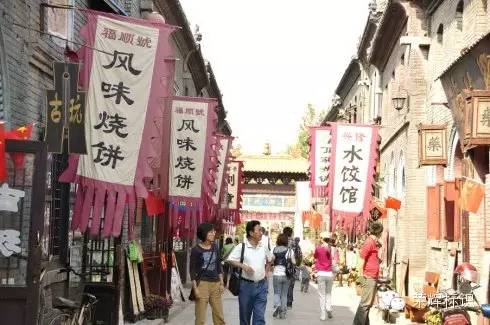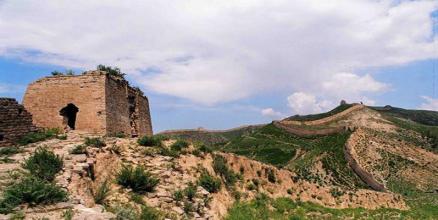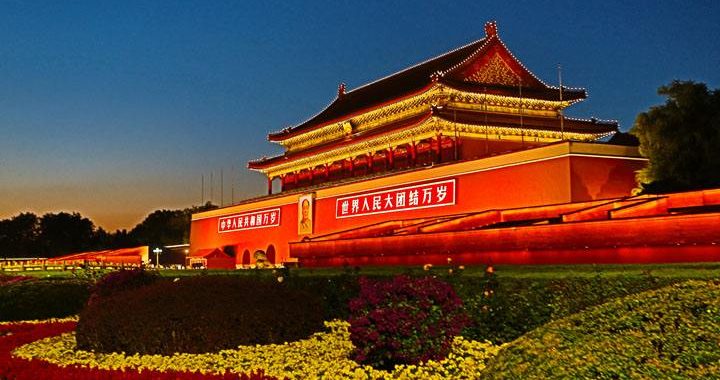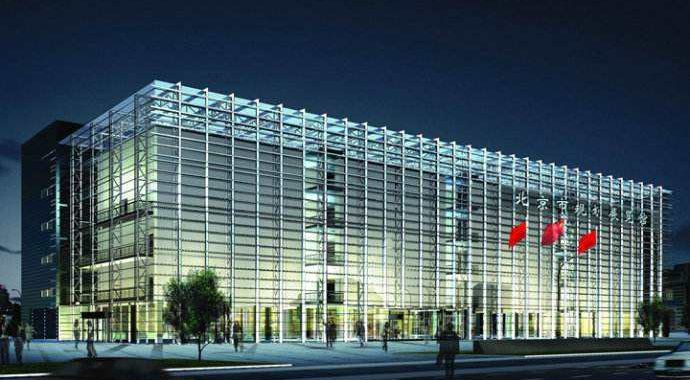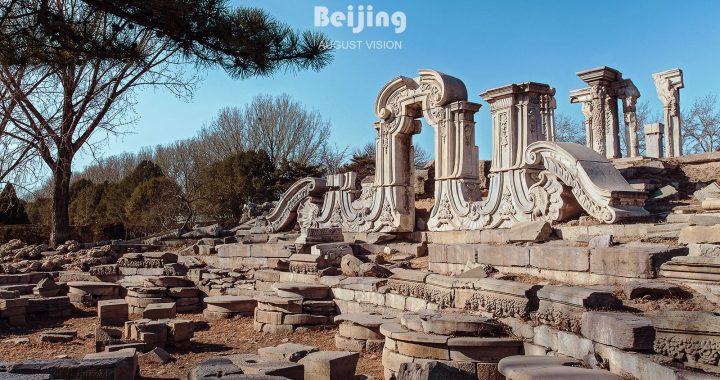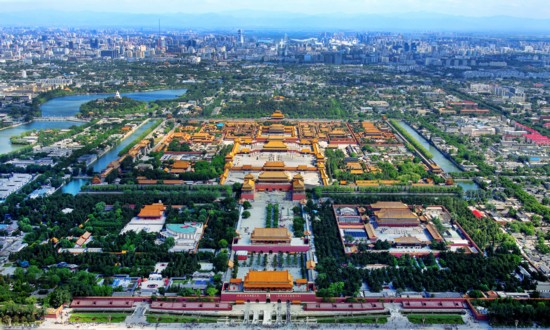Lingquan Temple in LINGSHUI Village
6 min readLingshui is a typical northern Village embodying the harmonious integration of manand nature. It was first discovered as an auspicious place by a prominent Han-Dynastymonk, who later constructed Lingquan Zen Temple to cultivate his own faith and learningwhile also lecturing on Buddhist doctrine.
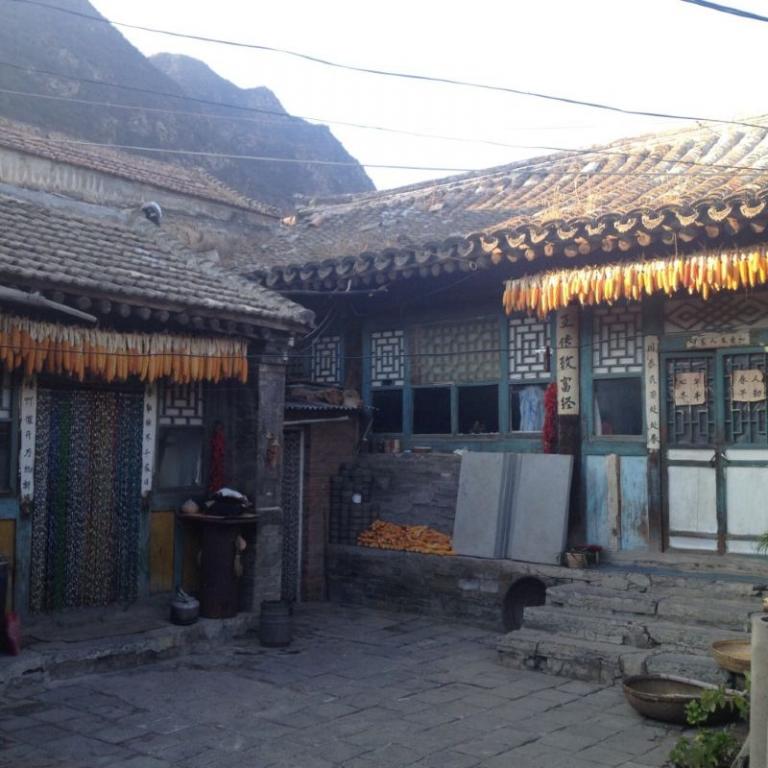
An increasing number of Buddhist followers were attracted to the place and gradually a village formed. As many monks of past dynastiesvisited this place, Buddhism here to some extent melded with Confucianism and Taoism,and the three faiths cocxistcd in harmony for a thousand years. The coexistence of the threereligions in Lingshui Village epitomized the inclusive nature of the Chinese culture. Andreligion served as the spiritual pillar of the village.
In the past, there were once 17 religiousshrines, including two Buddhist temples, namely Lingquan Zen Temple and the Temple ofWhite—Garbed Bodhisattva Guanyin; two Confucian temples, namely Wenchang Tower andKuixing Tower; and 13 monasteries devoted to Taoism and various folk faiths. These were:Temple of the South Sea Fire Dragon King, Celestial Goddess Temple, J ade Emperor Temple,Heavenly King Temple, Xuandi Taoist Temple, Temple of Guan Yu, Erlang Temple, WudaoTemple. Horse King Temple, Mountain God Temple, Ox King Temple.
Three Saints Temple,and Temple of the Earth. It was not rare in China’s rural areas that Confucianism, Buddhism, Taoism, and various folk faiths coexistcd, but very few places had as many temples asLingshui Village. And so was demonstrated the villagers‘ devotion to religious beliefs andtheir inclusive attitude toward the various cultures.Most of the temples in the village no longer exist today, but the remaining brokenwalls of Lingquan Zen Temple, Temple of the South Sea Fire Dragon King, and CelestialGoddess Temple can still provide a glimpse back in time to the history and an atmosphereof the past, in which pilgrims worshipped amongst the swirling smoke of incense.Constructed during the Han Dynasty at the foot of Mt. Lotus in the western side of thevillage, Lingquan Zen Temple was the first temple of the village and the earliest Buddhisttemple in the written history of Beijing. Originally known as Railing, the temple was renamedLingquan after renovation between 1485 and 1505 during the Ming Dynasty.
It was a largeconstruction in the past, but what we can see today are nothing more than the main gate, ascreen wall, and a marble stele base.Another extensive renovation was carried out in l533, as recorded on upper part ofthe main gate. The existing gate features a brick and wood structure, a garble and hip roof,overhanging ornaments in the design of mythological animals, and wind-bells at the fourcomers of the roof. The upper part of the gate is devoted to a stone carved inscription of thetemple’s name. On both sides of the gate is a smaller brick gate. Inside the temple are anage-old pagoda tree and two gingko trees, one of which is hermaphrodite, yielding fruitevery year. These two gingko trees, composing one of the Eight Sights of Lingshui, havebeen Cited as state second-class ancient trees.Temple ufthe South Sea Fire Dragon KingConstructed during the J in Dynasty and renovated in 1536, during the Ming, locatedwest of Lingshui Village is the Temple of the South Sea Fire Dragon King.With its main gate facing south, the majestic construction spans 28 meters from southto north, and 32 meters from east to west. Most of the structures have been destroyed, leaving just the main gate. At 5.5 meters in width and four meters in depth, the main gate isa brick structure with a gable and hip roof, and ornaments in the shape of mythologicalanimals decorate the main ridge of thc tiled roof.Surrounded by lotus petals, at the upper part of the gate arch is a brick plaque engravedwith the name of the temple, as well as an inscription marking the renovation in 1536. Onboth sides of the main gate is a smaller entrance arch, each 4.2 meters in width and 2.5meters in depth. Unfortunately, only cracked, damaged walls can be found today, and thegate and old trees reflect the temple’s past days of great prosperity.
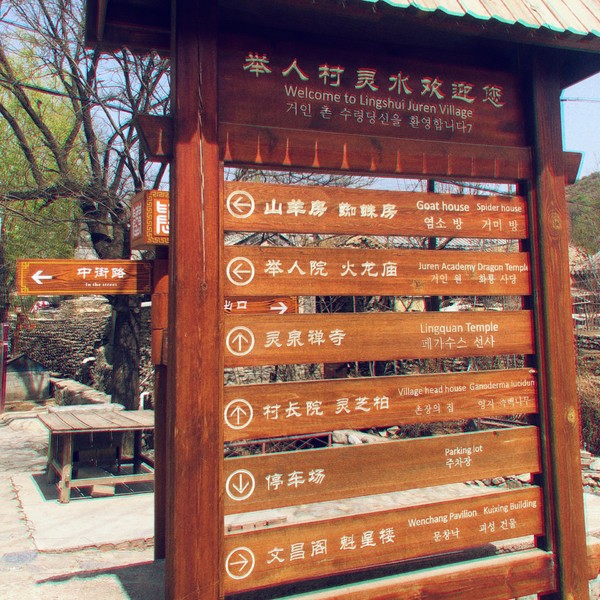
In ancient times, people living with a shortage of water tended to pay homage to theDragon King for rains. But the construction of a temple for the Fire Dragon King in LingshuiVillage may puzzle some, since, as an old Chinese saying goes, “fire and water are nearlyperfect opposites.” According to the residents, in the past the village was abundant with67 water, but considering that water might flood and cause a disaster, the village constructedthis temple in hope of maintaining a moderate precipitation so as to ensure a good weatherfor crops.Stepping into the temple, one will see two millennium-old cypress trees, which havebranched out to a mulberry tree and an elm, respectively. Both state—class ancient trees, thetwo cypresses compose one of the Eight Sights of Lingshui.Celestial Goddess TempleConstructed in 1680, the 19th year of the reign of Qing Emperor Kangxi, CelestialGoddess Temple is located north of the Temple of the South Sea Fire Dragon King, orientedto the south. The gate arch is 2.4 meters in Width and 1.6 meters in depth, featuring a flushgable roof and brick animals decorating the ridge. The main hall is 10.7 meters in widthand 8.1 meters in depth, with a flush gable roof covered with tube tiles and overhangingeaves designed for discharging water. The five-purlin beam inside the hall is painted witha vivid colorful dragon, whose eyes are particularly bright,1and seeming in a postureready to fly.To the east of the main hall are three wing chambers, each 4.3 meters in width and 2.2meters in depth, flush gable roofed.
Each of the chambers is flanked by three small houses oneither side, all with a flush gable tiled roof and a three-purlin beam.Dragon King Temple TheatreMost of the larger villages in China have theatres for staging dramas and operasduring festive days, and the theatres therefore serve as the venue for villagers to enjoyart performance, amuse themselves, and have grand gatherings. Theatres are generallynot located far from temples, because traditional Chinese operas originated from theancient sacrificial rituals, during which people gathered in temples to worship and offersacrifices to gods for a bumper harvest while singing and dancing. The peripheral areasof temples thus gradually became the sites for recreation and trading and developed towhat is now known as temple fairs, which merged as an important part of people’s cultural life.The Dragon King Temple Theatre was constructed in the Ming period, facing themain gate of the Temple of the South Sea Fire Dragon King. The structure faces north, andthe stage is built on a 2.64—meter-high stone base, with a 6.8-meter—by-8.7—meter surface.The theatre features a flush gable roof covered with gray tube tiles, eight columns, a five-purlin beam, and a wood screen dividing the structure into front stage and back stage. Thescreen has three doors. In 1985, the government of Mentougou District designated the theatreas a cultural heritage under Special protection.The Temple of the South Sea Fire Dragon King, the Temple Theatre, the OctagonalBEAUTIFUL VILLAGES OFBE1J1NGPond, the Three—Forbidden Stele. and the Celestial Goddess Temple compose the culturalcenter of the ancient village.”’t’lit’htlllg TowerWenchang Tower. on the passage arch at the entrance to the village, was constructedbefore the Ming Dynasty to enshrine Wenehang. a Taoist god of literature. The tower wasearlier damaged, and although it was renovated, the original charm fades. In the past, therewas also Kuixing Tower in the village, and the two towers as a whole compose a viewreputed to one of the Eight Sights of Lingshui.A passage arch is a common form of ancient Chinese architecture, evolved from city gateand city pass.
The structure, usually spanning a street, lane, or mountain gully, takes the shape ofa city gate, with an arch beneath and a hall above, as exemplified by Wenchang Tower.” Fa- Village Entrance Arch (Kuixing Tower)? An old shop.In ancient times, Lingshui was developed in trading, and the passage arch served asan important gateway for merchants and cargo to pass between Beijing and Hebei Province.Of particular interest, when a donkey carrying cargos passed the arch, due to the limit ofwidth, it could only enter the village, but could not exit. Such a design reflects the ancientvillagers’ intention to keep wealth from being drained out.
